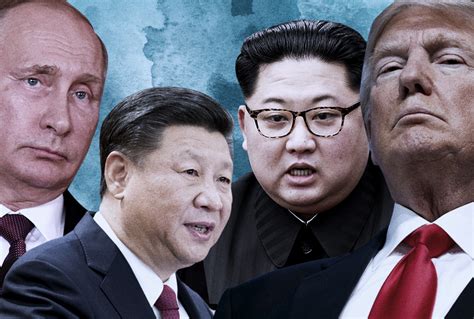Introduction
Beijing In a startling convergence of power and provocation, Chinese President Xi Jinping presided over the largest military parade in the nation’s history today, flanked by Russia’s Vladimir Putin and North Korea’s Kim Jong-un. The military pageantry marking the 80th anniversary of Japan’s WWII surrender quickly turned into an international flashpoint when President Trump posted a sarcastic message accusing the trio of “conspiring against the United States.” In an increasingly multipolar world, this moment may serve as both a symbol and a pivot– a signal that global allegiances are shifting and traditional power structures are being tested.
1. The Parade: Pageantry with Purpose
Held in Tiananmen Square, the Victory Day parade was not just ceremonial. It was explicitly designed to project strength. Tanks, aerial displays, AI-powered arms, and hypersonic missiles spelled one message: China is militarily resilient, technologically advanced, and strategically audacious.
Stationed at the forefront, Xi, Putin, and Kim formed a triangular alliance on display visually reinforcing an emerging anti-West bloc. The presence of Kim, a rare public outing for the North Korean leader, amplified the moment’s gravity, underscoring how China and Russia continue to reshape alliances.
2. Trump’s Digital Rebuttal
President Trump’s response was swift, combative, and fast amplified by his social media base. His Fukushima‑post irony laid bare both historical memory and political theater: highlighting U.S. wartime contributions while framing the parade as bolstering an alliance against American interests.
3. Kremlin’s Pushback and Political Nuance
Within hours, Russia distanced itself from Trump’s claim. Kremlin spokespeople dismissed the idea of any “conspiracy,” suggesting Trump’s words were sarcastic rather than substantive. The move appeared aimed at tempering tension while preserving diplomatic optics.
4. A Global Power Reset
China’s speech, urging the world to choose “peace or war,” resonates with growing global anxiety. As the West navigates supply-chain disruptions, geopolitical flashpoints, and domestic divides, China, Russia, and North Korea are asserting their spheres of influence. Analysts warn this display marks a turning point, it invites foreign policymakers into a new era of diplomatic complexity.
5. Why It Matters
-
This spectacle was symbolic operational messaging, broadcasted to audiences at home and abroad.
-
It casts long shadows over U.S. foreign policy, which must now contend with a rising axis of alternative power that questions Washington’s leadership.
-
With historic grievances and strategic realignments interwoven into today’s parade, global stability may be at stake.
Conclusion
What started as a military commemoration morphed into an ideological display. Trump’s biting post, China’s calculated ceremony, and the West’s unsure response together beg a larger question: Is the global stage witnessing the rise of a new, multipolar era– one where the old order faces an increasingly organized resistance?

